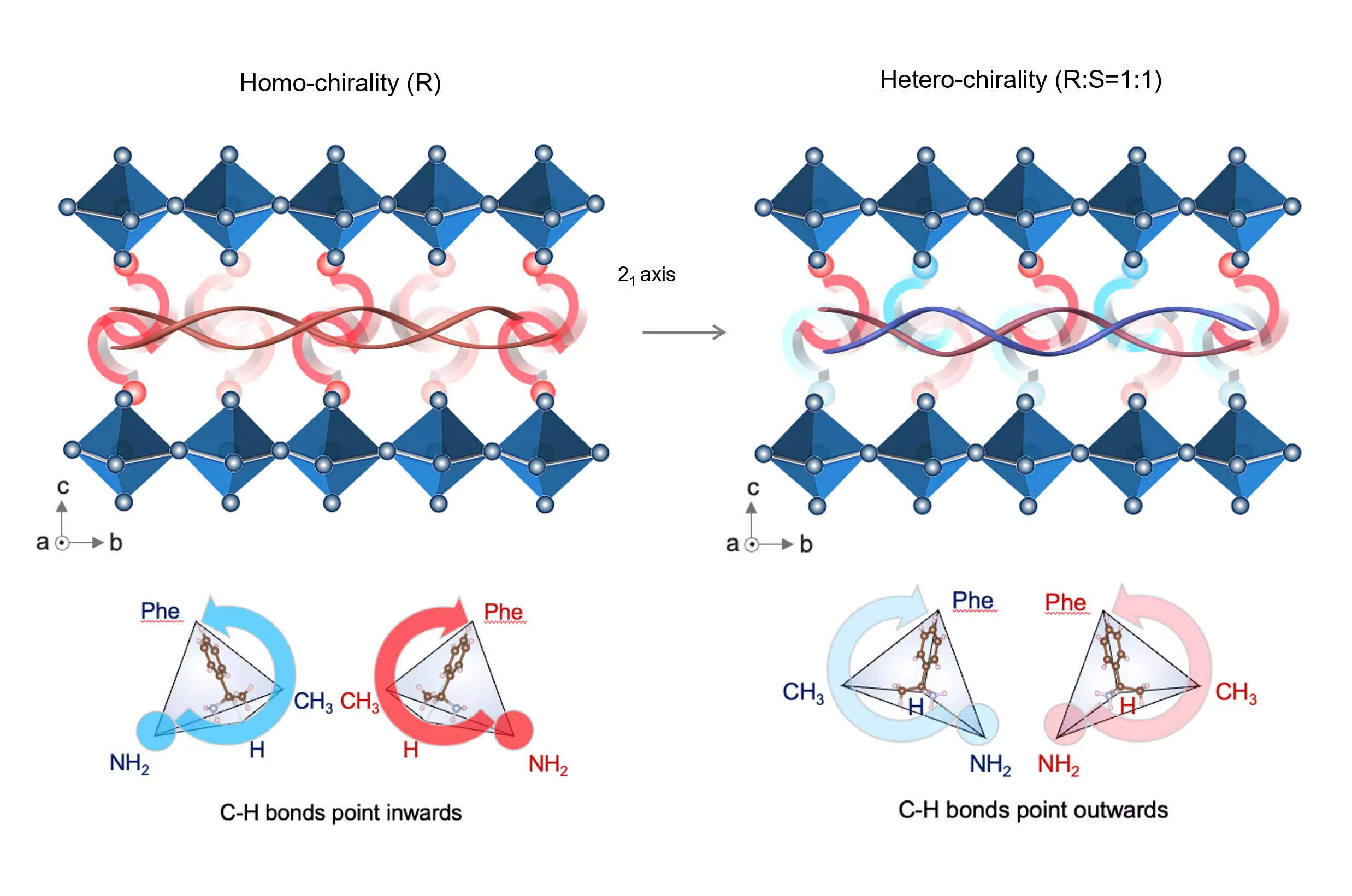The relentless pursuit of innovative solutions to meet the rising global energy demands has brought perovskite solar cells (PSCs) to the forefront of photovoltaic technology. Recent research from the School of Engineering of the Hong Kong University of Science and Technology (HKUST) heralds a remarkable advancement in this realm. The team’s pioneering work on chiral-structured interfaces in PSCs could significantly enhance their reliability and efficiency, catalyzing the commercialization of this promising technology. This breakthrough represents more than just a technical improvement; it encapsulates a paradigm shift towards sustainable energy independence.
The Promise of Perovskite Solar Cells
Perovskite solar cells have rapidly evolved since their inception, gaining attention for their cost-effectiveness and ease of manufacturing. In contrast to traditional silicon solar technologies, which often require complex and costly fabrication processes—such as high temperatures and vacuum conditions—perovskite materials can be fabricated using straightforward printing techniques. These commodities of modern materials science not only promise higher efficiency but also stand as a testament to what innovative engineering can achieve with minimal resources.
Nonetheless, despite these advantages, significant barriers to overcome remain, particularly regarding the stability of PSCs in real-world applications. Up until now, the preferential layers’ adhesion has posed a formidable challenge, leading to compromised performance during operational stresses. Understanding these hurdles is critical; addressing the structural integrity of solar cells is a key determinant in how these technologies are received in the competitive energy market.
Groundbreaking Research and Findings
Under the leadership of Prof. Zhou Yuanyuan, a team of researchers at HKUST harnessed inspiration from the durability of natural chiral materials to craft a new chiral-structured interface for PSCs. By introducing chiral-structured interlayers based on R-/S-methylbenzyl-ammonium between the perovskite absorber and the electron transport layer, the researchers established an incredibly strong and flexible heterointerface. This innovation presents remarkable potential for creating robust solar panels capable of enduring harsh operational conditions.
In real-world scenarios, encapsulated solar cells demonstrated outstanding performance retention. The cells maintained 92% of their original power conversion efficiency after rigorous testing, which subjected the prototypes to extreme temperature fluctuations ranging from -40°C to 85°C over an extensive duration of 1,200 hours. Such resilience under International Electrotechnical Commission (IEC) 61215 standards indicates that these advanced PSCs could significantly outperform their traditional counterparts in longevity and durability.
Dr. Duan Tianwei, the paper’s first author, stated that the incorporation of chiral materials forms a mechanical resilience likened to a spring mechanism. This analogy is critical as it emphasizes the dynamism in performance that these materials could offer, presenting a transformative opportunity for future energy solutions. The innovative interlayer construction not only promises to enhance mechanical robustness but also adaptability under varied environmental conditions—an essential factor as the world transitions to more sustainable energy systems.
Future Implications for the Solar Industry
The research underscores a pivotal moment for the global solar energy landscape, with Prof. Zhou’s comments capturing the gravity of this breakthrough. The potential to maximize PSC efficiency while simultaneously overcoming reliability issues could indeed usher in a new era of solar energy commercialization. With billions of dollars at stake in emerging energy markets, the ramifications of this work extend beyond academia into real-world applications.
This breakthrough’s implications are profound; as the technology matures, we can envision perovskite solar panels evolving to become more dependable under varied climatic conditions and capable of generating continuous electricity over extended periods. The collaborative effort involving esteemed institutions like the US National Renewable Energy Laboratory and Yale University reflects a unified commitment to the advancement of solar energy technology, further propelling the dialogue surrounding renewable energy innovations.
The meticulous work in chiral-structured perovskite solar cells not only signifies a technical triumph but also embodies the spirit of transformation within the energy sector. As we witness the dawn of new technologies, embracing such innovations will be essential to strategize for a sustainable energy future—a vision that once seemed distant is now tantalizingly within our grasp.


Leave a Reply